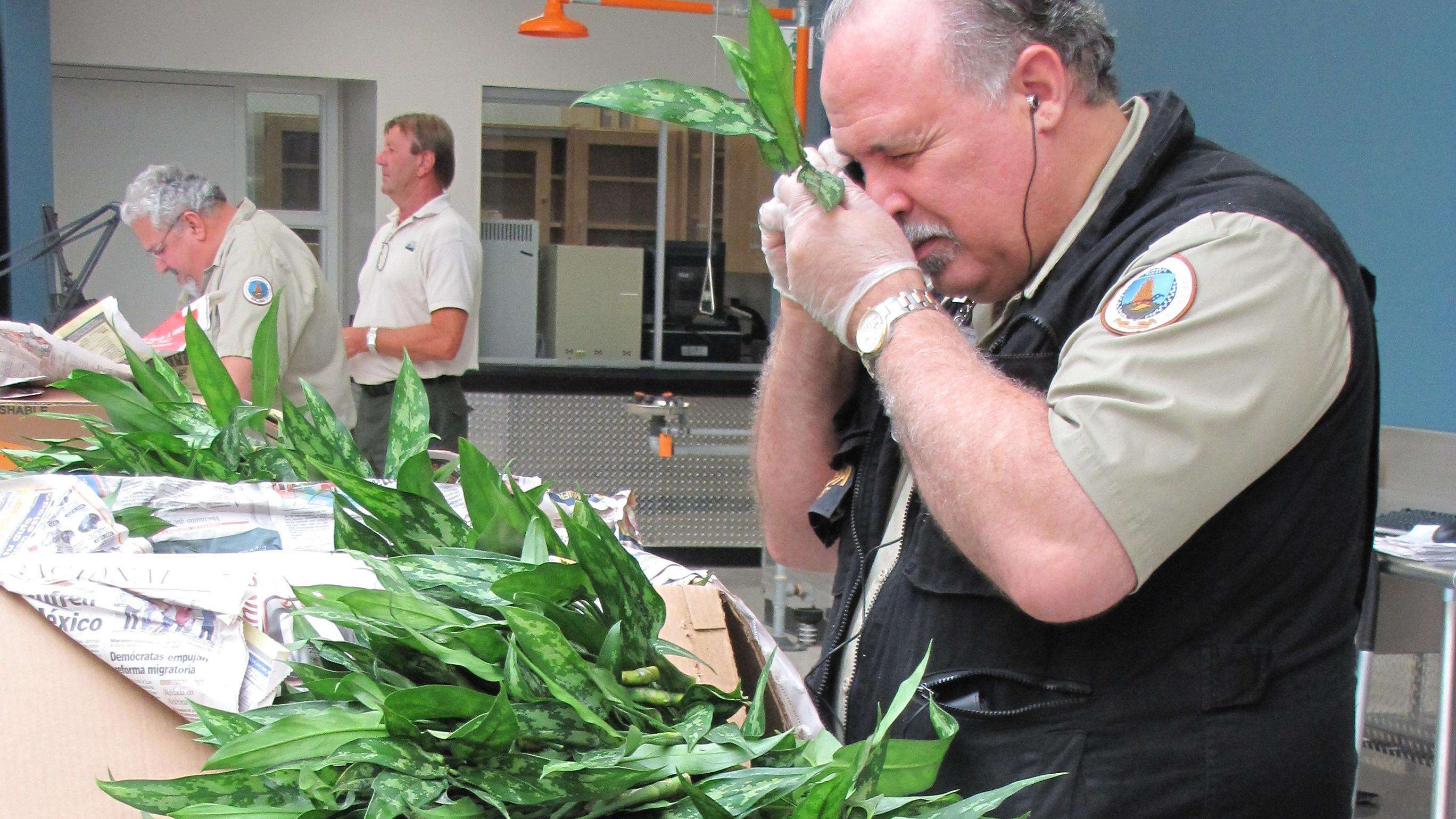Risk-Based Sampling

Every day in ports around the world, the fate of thousands of agricultural shipments is decided based on inspection. Countries rely on these inspections to protect their agriculture and natural resources against the introduction of invasive pests and disease.
Today, USDA’s Plant Protection and Quarantine (PPQ), along with many other national plant protection organizations, is developing a data-driven strategy to maximize the effectiveness of its port inspections. The goal of this strategy is to better target and prioritize inspection activities based on risk.
Risk-Based Sampling for Inspections of Plants for Planting
PPQ currently uses a hypergeometric sampling method in its 16 Plant Inspection Stations to calculate a statistically appropriate number of boxes to inspect from each incoming shipment of plants for planting. These calculations are based on the shipment’s size, the number of sample units, and the number of plant taxa it contains. We are developing a risk-based sampling framework that will also take into account pest interception and action rates for incoming commodities. Risk-based sampling will allow us to systematically reduce inspections of low-risk shipments and proportionally increase inspections of higher-risk consignments based on evidence of risk.
Risk-Based Sampling for Inspections of Other Agricultural Commodities
PPQ is also working with U.S. Customs and Border Protection to develop a risk-based sampling framework for inspections of other agricultural commodities. Similar to what is planned for inspections of live plants and cuttings, we would target inspections of agricultural commodities based on pest interception and action rates. An example of a compliance-based inspection programs for low-risk commodities is the National Agriculture Release Program.
Related Links
- International Symposium for Risk-Based Sampling
(Hosted by PPQ and the North American Plant Protection Organization in June 2017) - Risk-Based Sampling Online Learning Tool
For More Information
For more information about the development and use of risk-based sampling strategies at U.S. ports, please contact:
Barney Caton
Pest Exclusion Analysis Coordinator
barney.p.caton@usda.gov
Darlene D. Judd
National Policy Manager - Risk Based Sampling at Ports of Entry
Darlene.D.Judd@usda.gov
David A. Hanken
National Policy Manager - Plant Inspection Stations
David.A.Hanken@usda.gov

